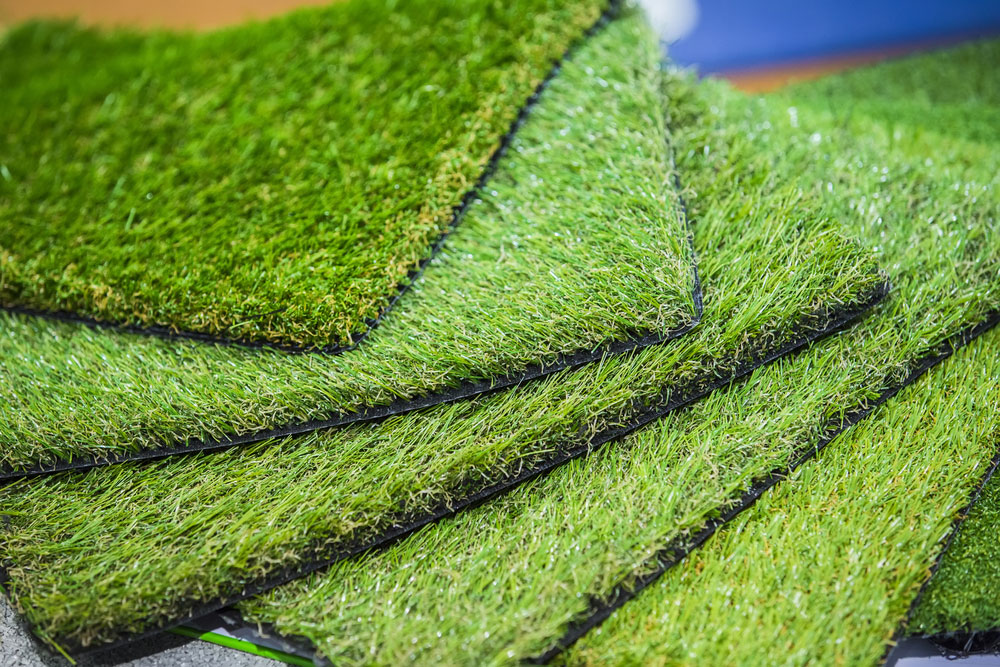Which is safer: artificial turf or natural grass?
Which playing surface is safer for athletes: natural grass or artificial turf?
Scientists continue to study the question, but there are challenges to getting the answer right. There are variables to take into account: the player’s age and physical shape, weather and surface conditions, the type of shoes, and whether the injuries involved contact with other players. Surfaces have changed over the years with new technology.
A recent story from ABC News detailed the study as well as the differences between artificial turf and grass. Below is an excerpt from the ABC News story.
 Some studies look back at injury rates, while making adjustments for other factors that could be in play. That type of study is good, but will never be able to keep up with innovation, said Dr. Calvin Hwang, a team doctor for Stanford’s football players and the San Jose Earthquakes soccer team.
Some studies look back at injury rates, while making adjustments for other factors that could be in play. That type of study is good, but will never be able to keep up with innovation, said Dr. Calvin Hwang, a team doctor for Stanford’s football players and the San Jose Earthquakes soccer team.
“There’s always evolving technology, both with grass, but especially with artificial turf,” Hwang said. “The newer generation turfs may be safer than older generation turfs. And so studies that were done five or six years ago may not be including some of those newer generation turfs.”
Still, Hwang, who treats players who play home games on grass, said the research he’s seen leads him to believe that grass is safer.
Recently, a group of researchers reviewed studies on the topic. They looked at 53 articles published between 1972 and 2020, on injuries in professional and amateur sports, including football, soccer, rugby, field hockey and ultimate Frisbee. The authors didn’t specify whether the studies included injuries involving a direct blow from another player, or just non-contact injuries.
The studies suggest “a higher rate of foot and ankle injuries on artificial turf, both old-generation and new-generation turf, compared to natural grass,” they wrote in a paper published last year in the American Journal of Sports Medicine. Knee and hip injuries were similar on both surfaces, they wrote. The authors noted that studies reporting a higher rate of injury on grass received financial support from the artificial turf industry.
Similar findings were reported in a separate study that analyzed 4,801 NFL foot and leg injuries during 2012-2016 regular season games. That research found 16% more injuries per play on artificial turf compared to grass. The authors concluded that if all games had been played on grass during that period there would have been 319 fewer foot and leg injuries. Looking only at non-contact injuries the risk was even higher, about 20% more injuries per play.
